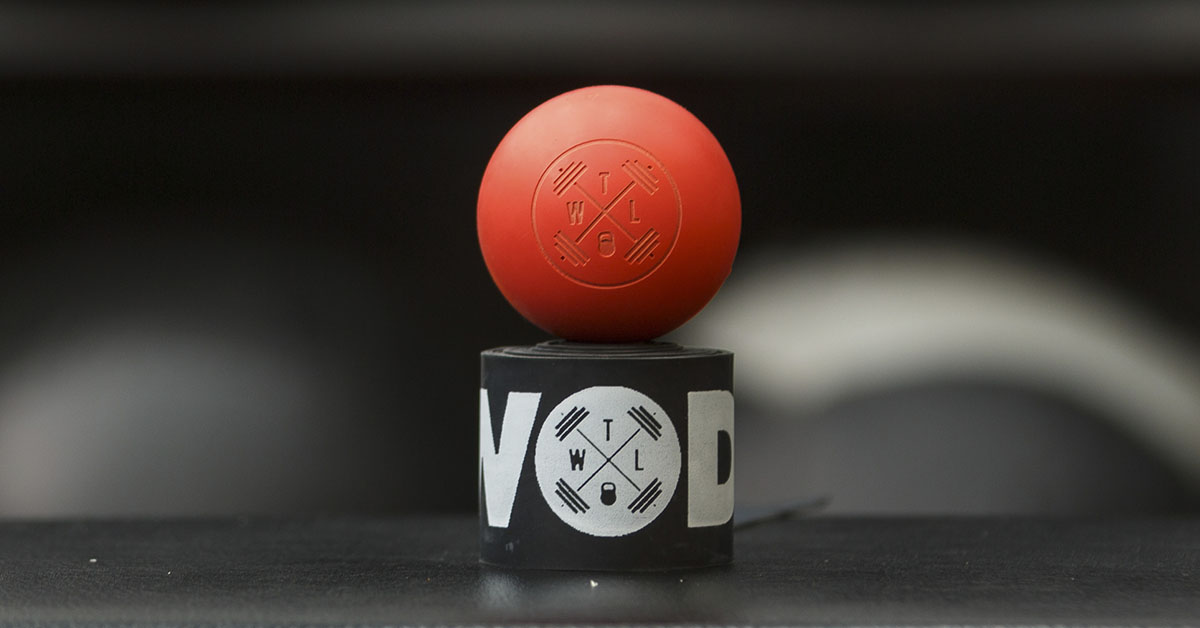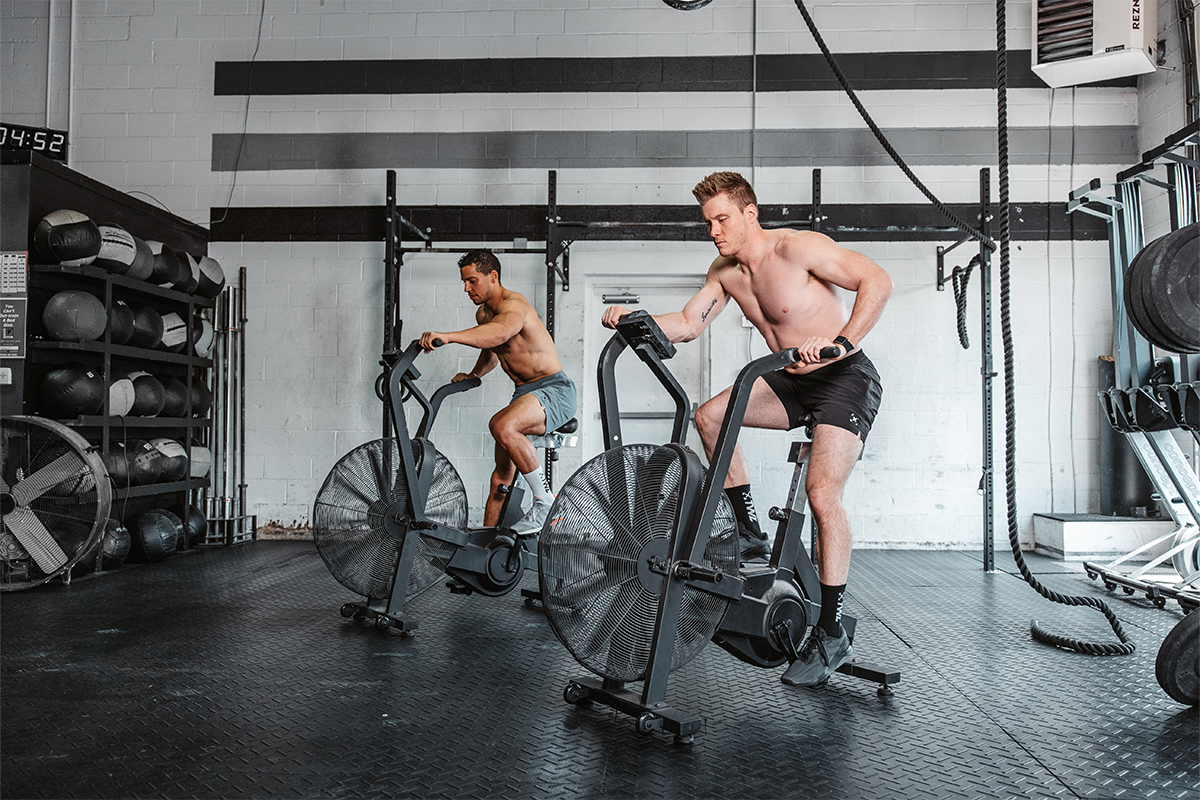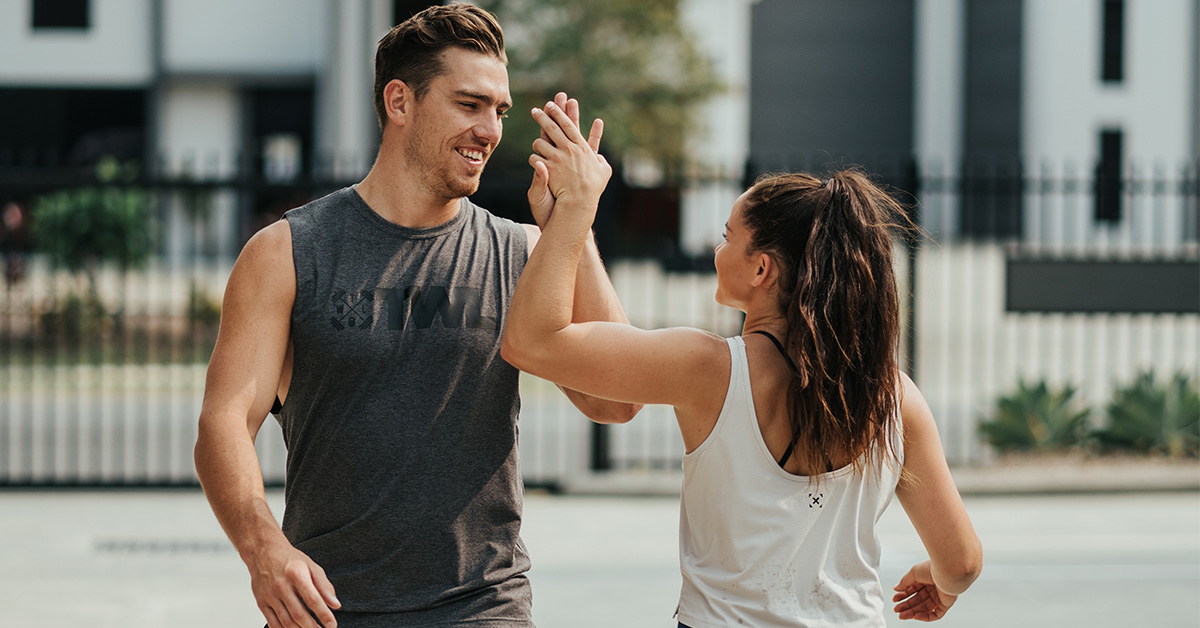Muscle pain, tension, and stiffness can be troublesome. Whether they’re from physical overexertion or an injury, they can slow you down. An effective option to alleviate these symptoms is through myofascial release. This treatment involves putting gentle pressure on specific body parts, or myofascial “trigger points,” to restore range of motion. Most myofascial release treatments take place during a massage therapy session. However, this approach is not practical if you want instant relief. Massage tools like foam rollers are great too but bringing them around can be a hassle, and there are muscle groups that foam rollers can’t reach. If you want things to be a lot easier, using a lacrosse ball is the answer!
Not only is a lacrosse ball handy and easy to use, but the small surface area of the ball really allows the user to pinpoint the pain and get in there to release the smaller, painful trigger points. Depending on the trigger spot, the pressure may be painful at first; but after the massage, your muscles will feel noticeably relaxed. When used before and after training, the lacrosse ball aids in preventing soreness, as well.
Using the Lacrosse Ball
The general idea is to apply consistent pressure to a stiff or aching spot by trapping the ball between your body and something else — usually the floor, and in some cases a wall, a chair, or another part of your body. If you are new to using a lacrosse ball, you may find it difficult to apply consistent pressure on your target spot. You do not need to be overly precise in positioning the ball. By rolling over it slowly and gently, the ball will eventually hit the right spot.
Not sure where to start? Try these five simple moves to soothe sore muscles after a strenuous workout.
1. Upper Back and Shoulders
Lie with your back against the floor with a lacrosse ball between the floor and your upper back. Position the ball on one side of your spine. Move in any direction you like until you find a tender spot. Try to relax your weight into the floor to apply pressure on this spot. Continue to move up and down slowly, massaging any knots or tender areas you may encounter. Repeat on the other side.
2. Chest
For this move, you can stand to face the edge of a wall, doorway, or in this case, the edge of a monkey bar. Place a lacrosse ball on your chest muscle close to your underarm. Lean forward and slowly roll the ball along the chest and shoulder area. Once you find a tender spot, relax into that position. Continue to move around slowly in small circles to gently massage the area. Repeat on the other side.
3. Glutes
With your back against a wall, put the lacrosse ball between the wall and the meaty area of your glutes. Move the ball up and down or side to side, or make small circular motions until you find a tender spot. Relax your weight into the wall, allowing the ball to apply pressure on this area. Hold this for about 15 seconds, or until you feel the pain subside. Repeat on the other side.
4. Hamstrings
On the floor: take the lacrosse ball down to the ground, and position it under your thigh. Gently apply pressure by sitting on it. After that, try to move it around in a circular or side-to-side motion until you find a tender spot. Go counter-clockwise and then clockwise and repeat as necessary until you feel the tension is gone.
On a surface: sit on a chair or table that is high enough to let your legs hang. Place the lacrosse ball under your right thigh, and move it around until you find a tender spot. Lean forward and rest your right arm and your body weight on your right thigh. While doing this, slowly extend and bend your right knee for 30 seconds. Move the ball as needed and repeat for the other side.
5. Feet
Place the lacrosse ball on the ground and stand on your right foot. Place the ball of your left foot on top of the lacrosse ball. Put pressure and roll the ball back and forth. From here, you can go down toward your heel, over the arch and over the side of the foot. Continue this for 30 to 60 seconds or until the soreness is gone. Wherever you feel tension, focus on those areas and roll the ball. Repeat on the other side if necessary.
Good Pain Versus Bad Pain
Pain isn’t always straightforward. Sometimes, a brief amount of pain can actually feel good. Regular self-myofascial release is a good kind of pain that improves your performance and muscle recovery. Remember, though: you should not be in terrible, unbearable, excruciating pain. Use these techniques on your problem areas daily, especially after a big WOD. This will keep your body flexible and pain-free.

















